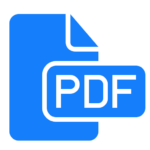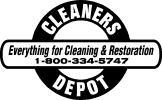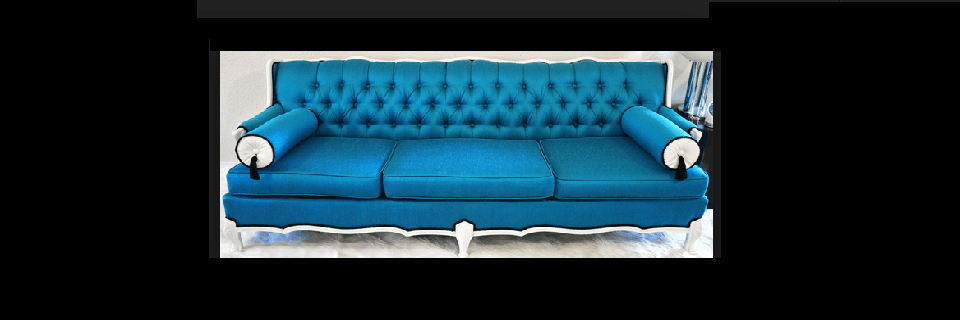Silk Fabric Upholstery
Introduction
Silk is a very expensive and luxurious fiber and is typically found in upholstery of higher-end homes and hotels. By cleaning silk upholstery you are taking additional risk just by the value of the product, however the cleaning procedures are really no more complicated than for other fabrics.
Cleaning problems to watch out for in silk:
- Fiber damage from long term alkaline exposure
- Fiber distortion The texture of the fiber can change with water-based cleaning.
- Rings can result from cleaning of some silk fabrics with a satin finish. To avoid this scenario always clean an entire panel of satin silk rather than just spots.
Most silk fabric should be dry-cleaned, but some fabrics made of raw silk can be wet cleaned.
Cleaning Procedures –
Dry-Cleaning
Step 1 – Vacuum the fabric thoroughly. It is important to remove as much dry soil as possible.
Step 2 – Mist fabric with extraction solution using your tool
Step 3 – Agitate with a clean, white terry cloth towel. This will loosen the soil allowing absorption into the towel
Step 4 – Extract with POWer Rinse
Step 5 – Agitate fabric with a dry towel to aid in drying and further soil removal
Step 6 – Protect with Maxim Fine Fabric
Step 7 – Dry with air movers
Note : You cannot perform a solvent extraction process with standard portables or truckmounted units. You must have a machine that is capable of running solvents through it.
Cleaning Procedures –
Wet-Cleaning
Step 1 – Test for shrinkage, color loss & cleaning effectiveness by cleaning a small test area
Step 2 – Vacuum the fabric thoroughly
Step 3 – Pre-spray with POWer “O”
Step 4 – Extract with POWer Rinse
Step 5 – Protect with Maxim Fine Fabric
Step 6 – Dry with air movers
HELPFUL HINTS –
- Boost your customer satisfaction and your profits by applying Maxim Fine Fabric Protector after cleaning.
- Cleaning of silk and other natural fabrics should be priced higher than synthetic cleaning due to the additional risk, value of the item, and the expertise necessary to process the work.
- Fiber identification is not difficult if you ask the customer. If the have spent the money to purchase silk, the will usually know what it is.
Caution –
When Dry-Cleaning you should be aware that while dry-cleaning is very safe for fabrics, it might only be marginally effective at soil removal when the fabric is heavily soiled. Dry-cleaning fluids are considered toxic & flammable. Be sure to follow these procedures to protect you,your tech,and your customers.
- Turn off pilot lights and all other sources of flame or spark.
- Provide adequate ventilation and be sure that your machine is outside or that the fumes are ventilated to the outdoors.
- Wear personal, protective equipment such as a respirator, gloves, and safety glasses
- Pets and people should not be exposed to dry-cleaning fumes
OVERVIEW
Procedure:
- Test the fabric for colorfastness
- Test for shrinkage
- Pre-spray with POWer ”O”
- Extract with POWer Rinse
- Quickly dry with air movers
PRODUCTS NEEDED
Description: High volume air mover
Purpose: Dries carpet, upholstery & structures quickly
Type: Prespray
Highlights: Perconditions fine fabrics or upholstery
Type: Conditioner/ Neutralizer
Highlights: Prevents wicking, browning and yellowing. Removes alkaline residue.
Type: Fabric Protector
Highlights: Dries quickly with excellent wicking action
Description: Hot water extraction machine
Purpose: All purpose prespray for residential & commercial carpets and for oriental rugs.
Description: Portable extractor
Purpose: Portable unit that extracts water and chemical from carpet or upholstery.


